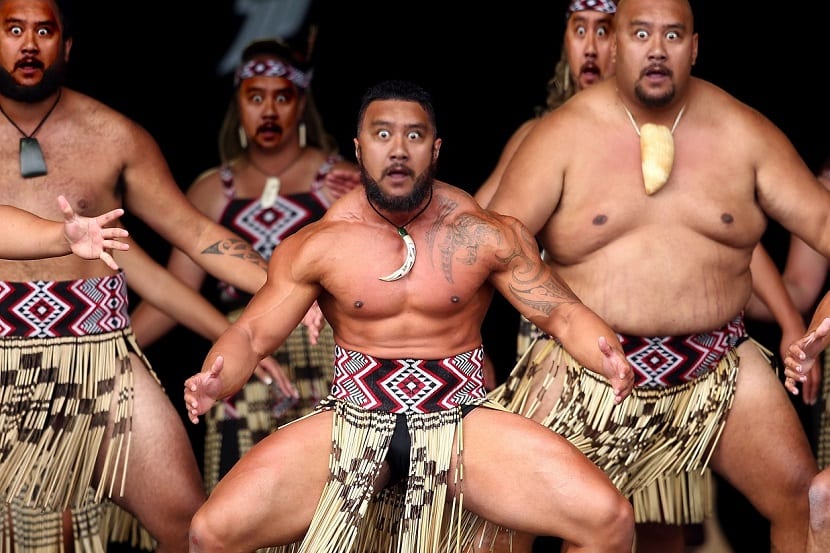
Image | How to be a kiwi
Folklore is the set of cultural traditions of a people that form its identity and are transmitted from generation to generation. It covers different manifestations of artistic, gastronomic, linguistic, musical type… Dance is also part of folklore and can show very interesting information about the culture and customs of a community. In the following post we discover 7 dances of the world that you will surely want to practice at some point. We started!
Hook
The haka is a kind of Maori war dance traditionally practiced on the battlefield to demonstrate to the opponent their fierceness, bravery, and the unity of the tribe. Today the stage in which this dance is performed is completely different since demonstrations are usually made during celebrations and ceremonies to honor the guests. It is also common for rugby teams to practice it to challenge the opponent during a match.
It is part of the choreography of the haka to hit hard with the feet, stick out the tongue with a grimace and rhythmic slaps on the body to accompany a strong chant that speaks of the history of the tribe and its ancestors. Isn't it one of the dances in the world that you would like to practice sometime?
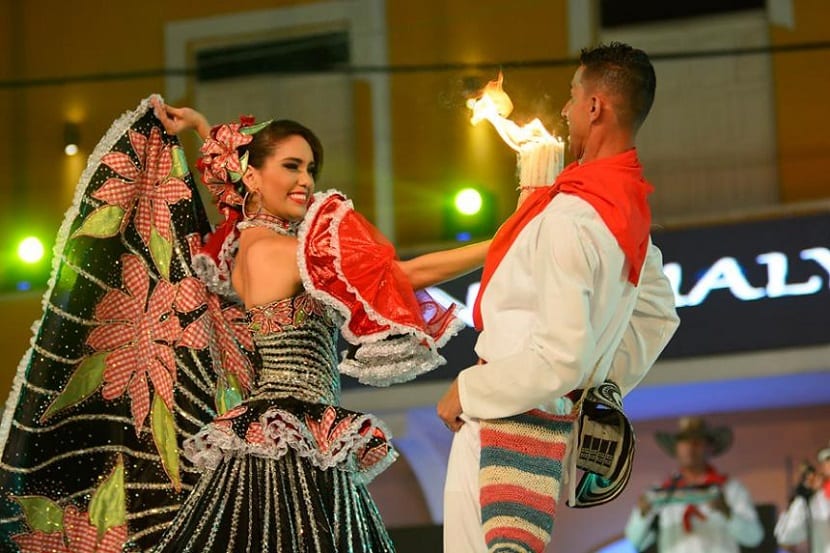
Image | The Herald
cumbia
Cumbia has become the most widespread Ibero-American rhythm, which shows how much it is liked by the public and how lively it is. It is about the musical expression of a people whose origins continue to be a mystery, although Colombian cities such as Cartagena or Barranquilla dispute the honor of being the cradle of cumbia.
However, what almost all scholars agree on is that its roots lie in the mixture of folklore from communities as disparate as the Amerindian, African and Spanish.
The cumbia is a sensual courtship dance, in which the woman performs hip movements while lifting the ends of her skirt and takes small steps without hardly lifting her feet off the ground while her partner dances around her performing fan movements.
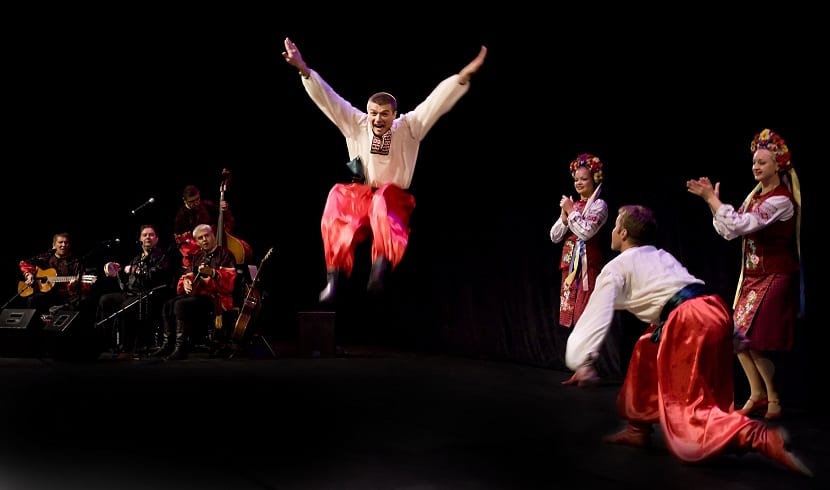
Image | Barynya
Whoops
To dance the national dance of Ukraine it is necessary to have strong legs because you have to jump a lot. The term hopaty means jump and hopak has its origins in the XNUMXth century when soldiers celebrated their victories on the battlefield through acrobatic jumps.
Today women also participate by dancing the hopak in unison while men jump with their legs spread and perform squats. They all wear colorful traditional costumes and they wear their characteristic flower crowns.
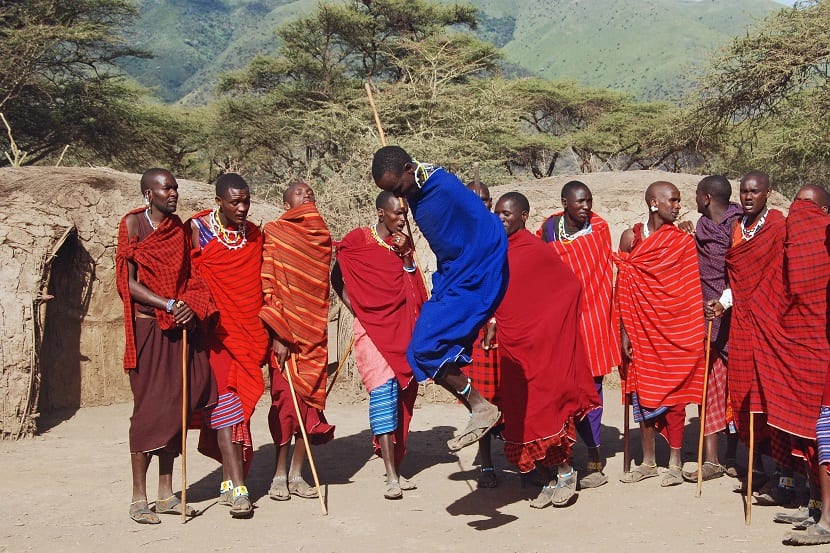
Image | Wikimedia Commons
adumu
And from a European jump to an African one because the Maasai tribe in Kenya and Tanzania also includes jumping as part of their traditional dances. The best known is called adumu (dance of the jump) and is part of a ceremony in which the passage from childhood to maturity of the men of the community is staged. One of the most meaningful dances in the world.
This dance takes place during the Eunoto and consists of jumping higher and higher without the heels touching the ground while increasing the volume of the group's chants. Arranged in a semicircle, the participants who succeed will be considered stronger and more attractive to get a wife. The adumu dance is completed by wearing their characteristic red clothing and beaded necklaces.
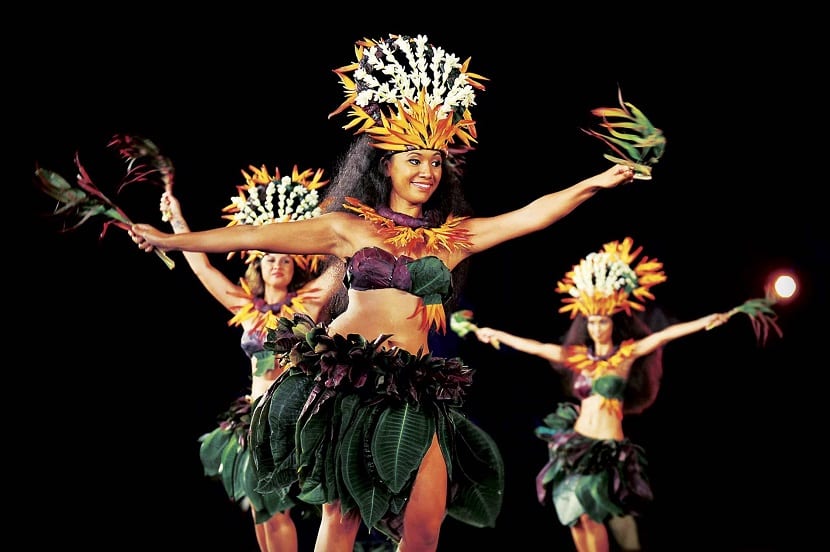
Image | Welcome tahiti
Ote'a
The traditional dance of Tahiti is called Ote'a and is characterized by transmitting enormous energy and strength thanks to the hip movements made by the dancers at high speed following the rhythm of the percussion. It is a choreography that impresses and is performed in places close to the sea and nature to celebrate religious events or important social events.
Nature is also an important part of the clothing to dance Ote'a since vegetable fiber skirts are used as well as necklaces and flower headdresses to adorn the body.
This Tahitian dance is practiced by both women ('Ote'a Vahine) and men (' Ote'a Tane) and even in mixed groups ('Ote'a Amui) with different steps and movements but always to the beat of the drums.
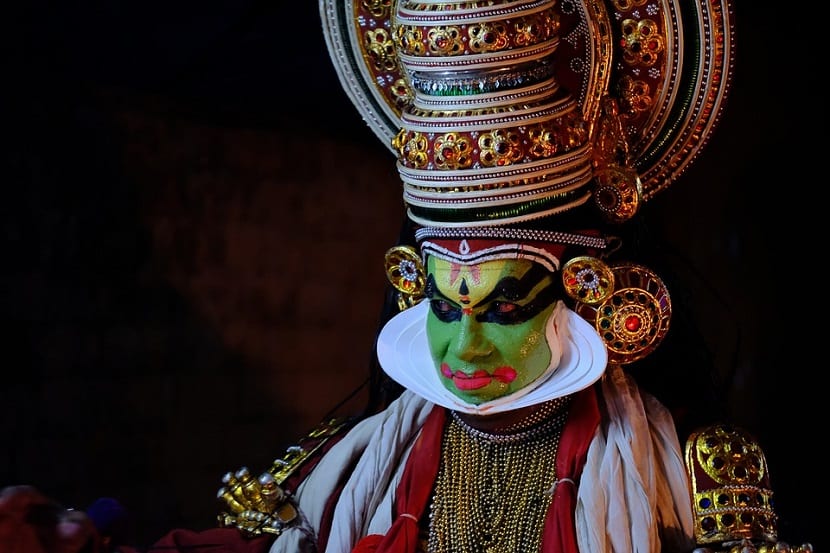
Image | Pixabay
Kathakali
Originally from Kerala, South India, Kathakali is a show that combines theater with dance to tell story without using words. Only percussion instruments are used to mark the development of the dance and an elaborate makeup with which they make multiple facial expressions to evoke anger, fear, joy or sadness.
Formerly this Indian dance used to be performed at night and lit by candlelight until they were completely consumed. Today, you can enjoy a shorter version of the Kathakali dance but just as powerful.
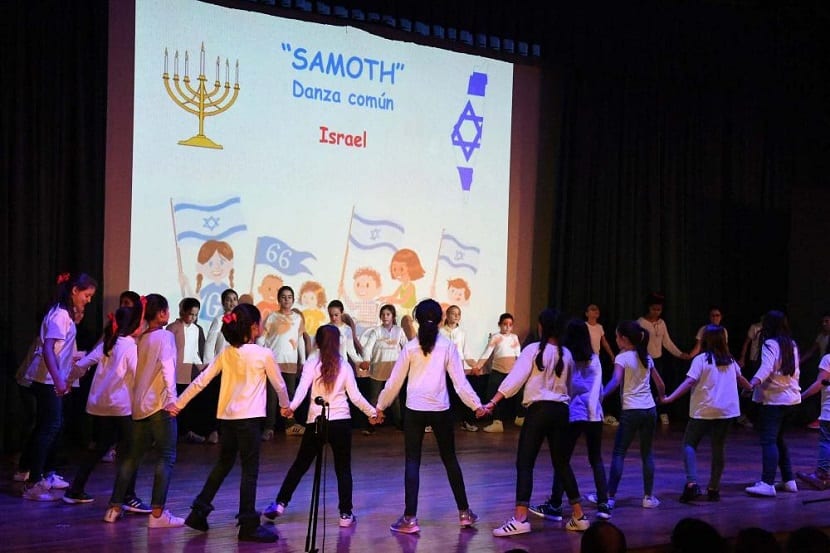
Image | The opinion
Samoth
One of the most popular dances practiced in Israel is the Samoth, a group dance where participants form a circle while holding hands and tapping their feet to the rhythm of a simple and leisurely melody.